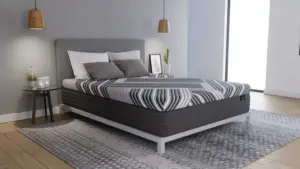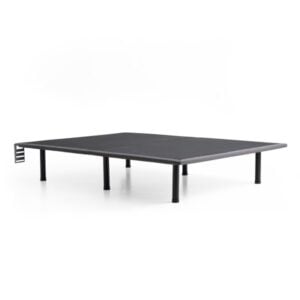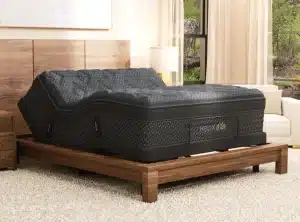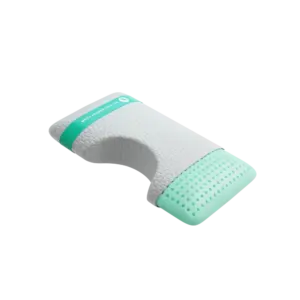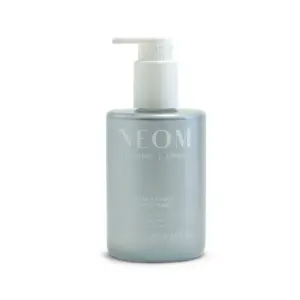What is a Mattress Protector?
A mattress protector is a removable bedding item designed to encase or cover a mattress to provide an additional layer of protection. It serves multiple purposes, such as:
Protecting the mattress from spills, stains, and dirt: Mattress protectors are often waterproof or water-resistant, which helps prevent liquids from penetrating the mattress surface and causing damage or mold growth.
Prolonging the life of the mattress: By shielding the mattress from wear and tear, a protector can help extend its lifespan.
Allergy prevention: Mattress protectors can prevent allergens such as dust mites, pet dander, and pollen from accumulating in the mattress. This is particularly helpful for individuals with allergies or asthma.
Enhancing hygiene and cleanliness: By providing an additional layer that can be easily removed and washed, mattress protectors make it easier to maintain a clean sleeping environment.
Providing extra comfort: Some mattress protectors are designed with additional padding or materials like memory foam, which can enhance the overall comfort of your sleeping surface.
Mattress protectors come in various materials, including cotton, polyester, and vinyl, and are available in different sizes to fit various mattress types. They can be fitted like a sheet, zipped around the mattress, or have elastic straps to secure them in place.

Are They Necessary?
Whether a mattress protector is necessary depends on your individual needs and preferences. While it is not an absolute requirement, using a mattress protector offers several benefits that can be valuable in certain situations. Here are some factors to consider when deciding if a mattress protector is necessary for you:
Warranty protection: Some mattress warranties require the use of a mattress protector to keep the warranty valid. Check the terms of your mattress warranty to see if this applies.
Allergies or asthma: If you or someone in your household suffers from allergies or asthma, a mattress protector can help reduce allergens and provide a healthier sleep environment.
Frequent spills or accidents: If you have young children, pets, or are prone to spills in bed, a waterproof mattress protector can help protect your mattress from damage and prolong its lifespan.
Hygiene: A mattress protector makes it easier to maintain a clean and hygienic sleep environment since it can be removed and washed regularly.
Expensive or high-quality mattress: If you have invested in an expensive or high-quality mattress, using a mattress protector is a small additional expense that can help protect your investment and extend its lifespan.
In summary, while mattress protectors are not strictly necessary, they can offer valuable protection and benefits in various situations. Ultimately, the decision to use one depends on your personal needs, preferences, and circumstances.
Our Top Cooling Mattress Protector Picks
Malouf Ice Tech Mattress Protector
The #1 Best Cooling Protector
The Sleep Tite Ice Tech Mattress Protector is a product designed to protect your mattress and provide a cool, comfortable sleeping surface. It features Ice Tech™ fabric, which is a breathable, moisture-wicking material that feels cool to the touch. This fabric helps regulate your body temperature by dissipating heat away from your body, promoting a cooler and more comfortable sleep.
Some benefits of the Sleep Tite Ice Tech Mattress Protector include:
-
Cooling technology: The Ice Tech™ fabric helps maintain a comfortable sleeping temperature by wicking away moisture and dissipating heat.
-
Waterproof protection: The protector offers a waterproof barrier to protect your mattress from spills, stains, and accidents, helping extend the mattress’s lifespan.
-
Hypoallergenic: It can help reduce allergens such as dust mites, pet dander, and pollen, making it suitable for individuals with allergies or asthma.
-
Easy maintenance: The mattress protector is designed to be easily removed and machine washed, ensuring a clean and hygienic sleeping environment.
-
Secure fit: It typically features a fitted sheet style or elastic straps to ensure a snug and secure fit on your mattress.
SafeRest
- Price: $59.99
- Trial: 30 nights
- Warranty: 10 years
- Features: Hypoallergenic, waterproof, breathable, and noiseless
Linenspa
- Price: $49.99
- Trial: 30 nights
- Warranty: 10 years
- Features: Waterproof, vinyl-free, and quiet protection
Dreamfit
- Price: $69.99
- Trial: 30 nights
- Warranty: 10 years
- Features: Cooling technology, waterproof, and hypoallergenic
- Price: $54.99
- Trial: 30 nights
- Warranty: 15 years
- Features: Waterproof, hypoallergenic, and soft fabric surface
Coop Home Goods
- Price: $79.99
- Trial: 100 nights
- Warranty: 15 years
- Features: Waterproof, hypoallergenic, and cooling bamboo fabric
Sleep Tite by Malouf
- Price: $64.99
- Trial: 30 nights
- Warranty: 10 years
- Features: Waterproof, hypoallergenic, and breathable fabric
Mlily
- Price: $74.99
- Trial: 30 nights
- Warranty: 10 years
- Features: Cooling gel-infused fabric, waterproof, and hypoallergenic
- Price: $99.99
- Trial: 100 nights
- Warranty: 10 years
- Features: Waterproof, stretchy fabric, and breathable design
Tempur-Pedic
- Price: $129.00
- Trial: 90 nights
- Warranty: 10 years
- Features: Waterproof, breathable, and designed for Tempur-Pedic mattresses
- Price: $89.99
- Trial: 30 nights
- Warranty: Lifetime
- Features: Waterproof, breathable, and OEKO-TEX certified fabric
How Do Cooling Mattress protectors work?
Fabrics that feel cool to the touch typically have moisture-wicking properties, breathability, and good thermal conductivity. Some materials and technologies that create a cool touch sensation include:
Natural fibers:
- Cotton: Cotton is a breathable, natural fiber that wicks away moisture and allows for good air circulation. Its lightweight and moisture-absorbing properties make it feel cool to the touch.
- Linen: Linen is another natural fiber known for its excellent breathability and moisture-wicking capabilities. It has a loose weave that allows for better air circulation, making it feel cool against the skin.
Synthetic fibers:
- Polyester with moisture-wicking treatments: Polyester is a synthetic fiber that can be treated or blended with other fibers to improve its moisture-wicking capabilities and make it feel cooler to the touch.
- Nylon: Nylon is another synthetic fiber that can be woven or treated to enhance its breathability and moisture-wicking properties, providing a cool touch sensation.
Advanced technologies and fabrics:
- Outlast®: This temperature-regulating fabric uses phase change materials (PCMs) to absorb, store, and release heat as needed, helping to maintain a comfortable temperature and a cool touch sensation.
- Coolmax®: Coolmax is a moisture-wicking polyester fabric specifically engineered to improve breathability and provide a cool feel. It is often used in athletic wear, bedding, and mattress covers.
- 37.5® Technology: This technology uses active particles derived from volcanic minerals and activated carbon to capture and release moisture vapor, which helps maintain an optimal relative humidity level, providing a cool and comfortable feel.
These materials and technologies can be found in various products like clothing, bedding, and mattress covers to enhance comfort and provide a cool-to-the-touch sensation.
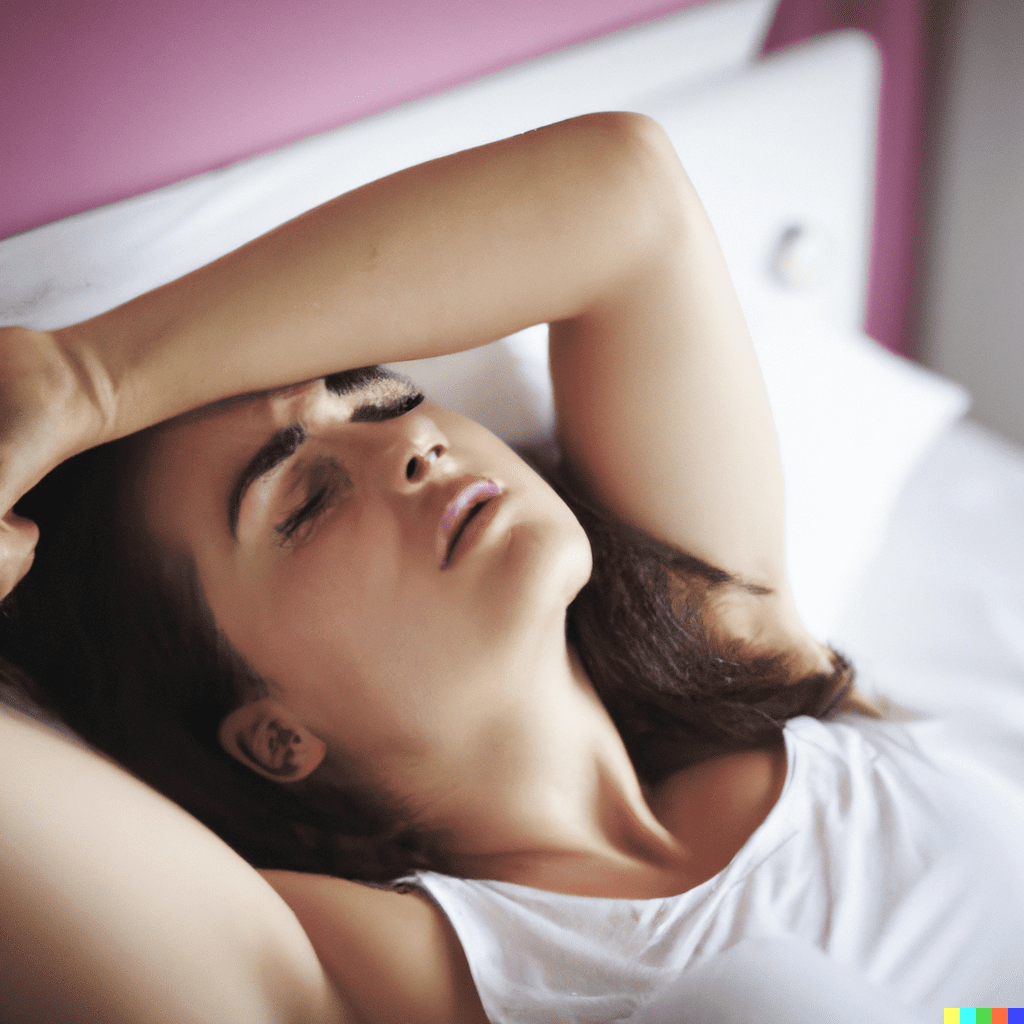
Can You Wash a Mattress Protector?
Yes, most mattress protectors are designed to be easily removed and washed, which helps maintain a clean and hygienic sleep environment. However, it is essential to follow the specific care instructions provided by the manufacturer, as washing and drying methods may vary depending on the materials used in the mattress protector.
Here are some general guidelines for washing a mattress protector:
Check the care label: Look for the care label or instructions on the mattress protector packaging to ensure you follow the recommended washing and drying methods.
Use gentle detergent: Choose a mild detergent to avoid damaging the fabric or any waterproofing features. Avoid using bleach or fabric softeners, as they can break down the materials and reduce the protector’s effectiveness.
Wash in cold or warm water: Unless otherwise specified, wash the mattress protector in cold or warm water using a gentle cycle. Hot water can damage certain materials or cause them to shrink.
Dry on low heat or air-dry: If machine drying is recommended, use a low-heat setting to prevent damage or shrinkage. Alternatively, air-dry the mattress protector by laying it flat or hanging it to dry.
Ensure it is completely dry before reusing: Make sure the mattress protector is fully dry before placing it back on the mattress to prevent mold and mildew growth.
By following these guidelines and the manufacturer’s specific care instructions, you can keep your mattress protector clean and functional for an extended period.
How Long Do Mattress Protectors Last?
The lifespan of a mattress protector can vary depending on the quality of the materials, the frequency of use, and how well it is maintained. On average, a good-quality mattress protector should last anywhere between 3 to 10 years. However, this can be influenced by several factors:
Material quality: High-quality materials tend to last longer and maintain their protective properties better than lower-quality alternatives.
Frequency of washing: The more frequently a mattress protector is washed, the more quickly it may wear out. Following the manufacturer’s care instructions can help prolong its life.
Proper care and maintenance: Taking care of your mattress protector according to the care instructions can significantly impact its durability. Using gentle detergents, avoiding bleach and fabric softeners, and using appropriate washing and drying methods will help maintain its protective qualities.
Usage conditions: If the mattress protector is subjected to frequent spills, accidents, or heavy wear, it may need to be replaced sooner.
It’s essential to regularly inspect your mattress protector for signs of wear, damage, or reduced effectiveness. If you notice that it no longer provides adequate protection, has become uncomfortable, or has visible wear and tear, it may be time to replace it.
Replacing a mattress protector when needed not only ensures a clean and healthy sleep environment but also helps maintain the longevity of your mattress.
Do Mattress Protectors Take Away From the Feel of Your Mattress?
Whether a mattress protector takes away from the feel of the mattress depends on its design and materials. Some mattress protectors are thin and unobtrusive, which minimizes their impact on the feel of the mattress. Others are thicker or made from materials that may alter the sleeping surface’s comfort and feel to some extent.
Here are some factors to consider:
Thickness: Thin, lightweight mattress protectors are less likely to change the feel of the mattress. However, thicker protectors, especially those with added padding or quilting, may affect the mattress’s firmness and overall feel.
Material: The material used in the mattress protector can also influence how it affects the feel of the mattress. Natural, breathable fabrics like cotton and linen tend to have minimal impact on the mattress’s feel, while some synthetic materials or waterproof layers may slightly alter the sleeping surface’s comfort.
Waterproofing: Waterproof mattress protectors often use a layer of material (like polyurethane or vinyl) to protect against liquids. This layer can sometimes make the sleeping surface feel less breathable or slightly change its texture. However, recent advancements in waterproofing technology have resulted in more breathable and less noticeable waterproof layers.
Fit: A mattress protector that fits snugly and securely around the mattress will have less impact on the feel of the mattress compared to one that is loose or poorly fitted.
When choosing a mattress protector, consider your priorities and preferences. If you want to preserve the feel of your mattress as much as possible, opt for a thin, breathable, and well-fitting protector. If you’re looking for added comfort or support, you may consider a thicker protector with added padding or quilting, keeping in mind that it may slightly change the feel of your mattress.





